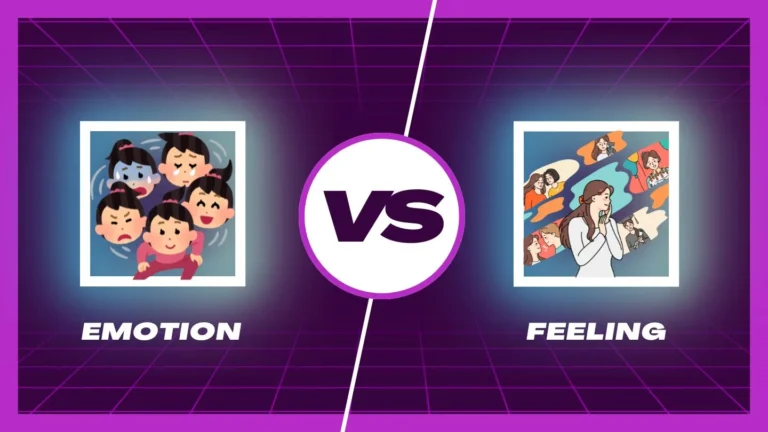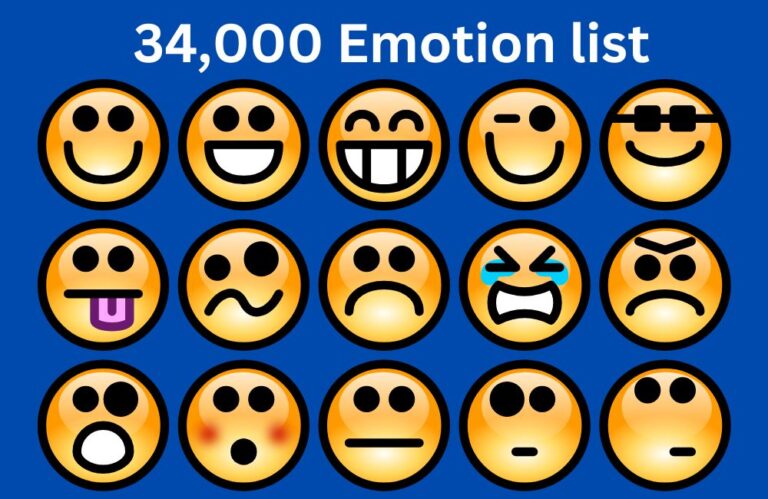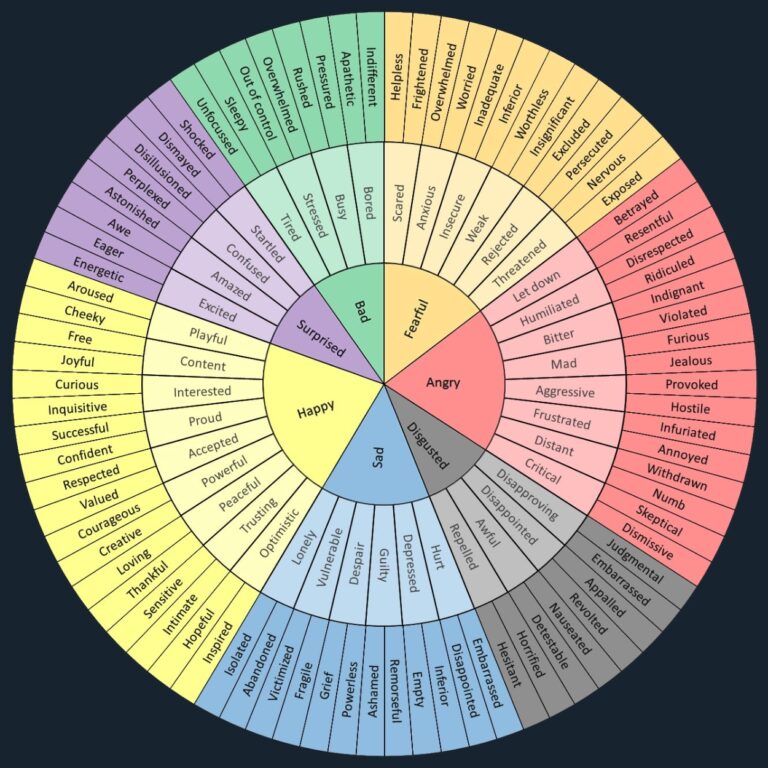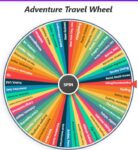Have you ever felt a mix of emotions and struggled to find the right words to describe them? Maybe you felt angry but weren’t sure if it was frustration or disappointment.
That’s where the Feeling Wheel comes in—a powerful tool that helps you understand and articulate your emotions. Whether you’re navigating personal growth, improving relationships, or working on your mental health, the Feeling Wheel can be a game-changer.
In this article, we’ll explore what the Feeling Wheel is, why it’s so useful, and how you can start using it today.
What Is the Feeling Wheel?
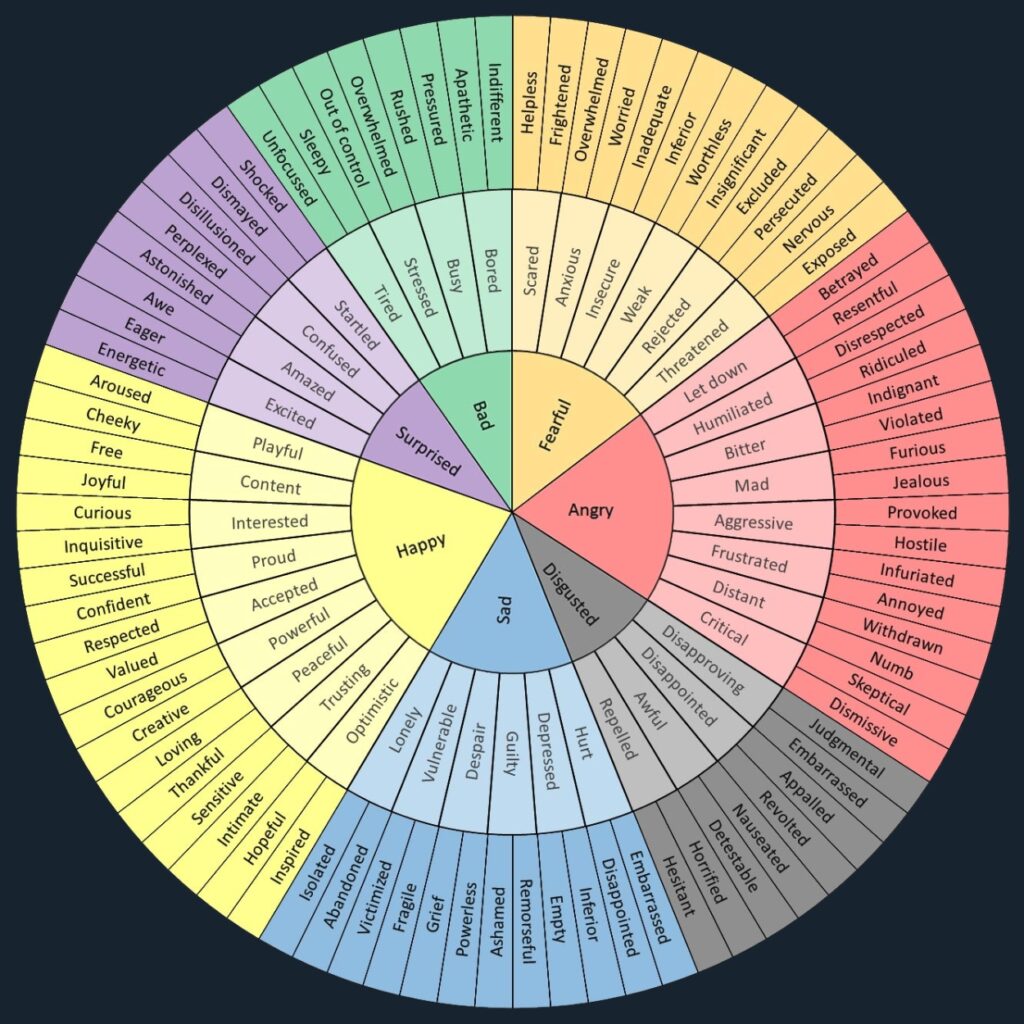
The Feeling Wheel is a circular chart that categorizes emotions into primary, secondary, and tertiary groups. Developed by psychologist Dr. Robert Plutchik, the wheel helps people identify and connect with their emotions by breaking them down into simpler, relatable terms.
At the center of the wheel, you’ll find core emotions like joy, anger, sadness, and fear. Moving outward, these core emotions are divided into more specific feelings. For example:
- Joy branches into excitement, pride, and contentment.
- Anger evolves into frustration, resentment, or rage.
By using the Feeling Wheel, you can pinpoint exactly what you’re feeling and understand the nuances behind your emotions.
Why Is the Feeling Wheel Important?
Understanding your emotions is a vital part of personal growth and effective communication. Here are a few reasons why the Feeling Wheel is so valuable:
1. Improves Emotional Awareness
Sometimes, emotions feel overwhelming because they’re hard to define. The Feeling Wheel gives you a vocabulary to name your feelings, making them easier to process.
2. Strengthens Relationships
When you can name what you’re feeling, it’s easier to communicate with others. Saying, “I feel frustrated” instead of just “I’m mad” helps the other person understand you better.
3. Supports Mental Health
Journaling or reflecting on your emotions using the Feeling Wheel can help you uncover patterns, triggers, or unresolved issues. It’s a handy tool for therapy or self-reflection.
How to Use the Feeling Wheel in Daily Life
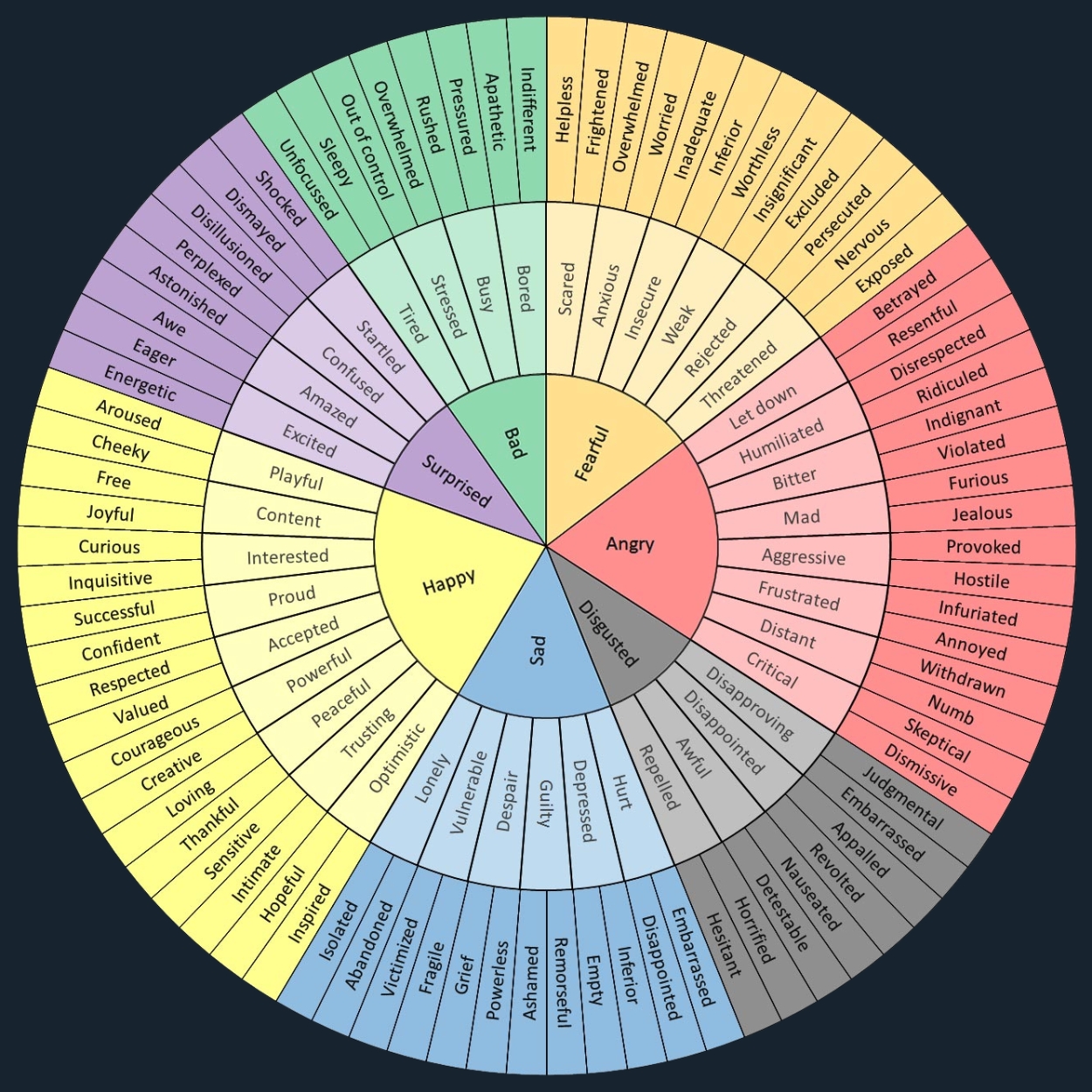
Using the Feeling Wheel isn’t complicated, but it takes some practice. Follow these simple steps to get started:
Step 1: Identify How You Feel
When you’re experiencing strong emotions, take a moment to pause and check in with yourself. Ask, “What am I feeling right now?”
Start with the core emotions at the center of the wheel. Are you angry, sad, scared, happy, or something else?
Step 2: Explore the Layers
Once you’ve identified a core emotion, move outward on the wheel to pinpoint the exact feeling. For example, if you’re sad, is it because you feel lonely, hurt, or disappointed? This step helps you dig deeper into the “why” behind your feelings.
Step 3: Reflect on the Cause
Ask yourself, “What triggered this emotion?” Understanding the root cause can help you decide how to respond. For instance, if you’re frustrated because of a miscommunication, you can focus on resolving it instead of letting anger take over.
Step 4: Take Action
After identifying and understanding your emotion, decide on your next steps. Maybe you need to talk to someone, journal, or take a break. The Feeling Wheel not only helps you recognize your emotions but also empowers you to deal with them constructively.
Practical Examples of Using the Feeling Wheel
In Conversations:
Let’s say your partner says something that upsets you. Instead of snapping back, you pause and reflect using the Feeling Wheel. You realize you’re not just “angry”—you feel disrespected. Communicating this specific feeling can lead to a more productive conversation.
For Self-Reflection:
During a stressful day, you might feel a mix of emotions like frustration and sadness. By using the wheel, you identify that you’re actually overwhelmed and need to set better boundaries.
Tips for Making the Most of the Feeling Wheel
- Keep a Copy Handy: Print out a Feeling Wheel or save it on your phone for quick access.
- Use It with Journaling: At the end of the day, reflect on your emotions and note them down using the wheel.
- Practice Regularly: The more you use the Feeling Wheel, the easier it becomes to name and navigate your emotions.
Wrapping Up
The Feeling Wheel is more than just a chart—it’s a tool that empowers you to understand and express your emotions with clarity. By using it regularly, you’ll gain insight into yourself, improve your relationships, and navigate life’s ups and downs with greater ease.
So why not give it a try? Start small, use it when you feel stuck, and watch how it transforms the way you think about and handle your emotions.
If this guide helped you, share it with someone who could benefit from the Feeling Wheel too! And remember, emotions are part of being human—learning to understand them is a step toward becoming the best version of yourself.
